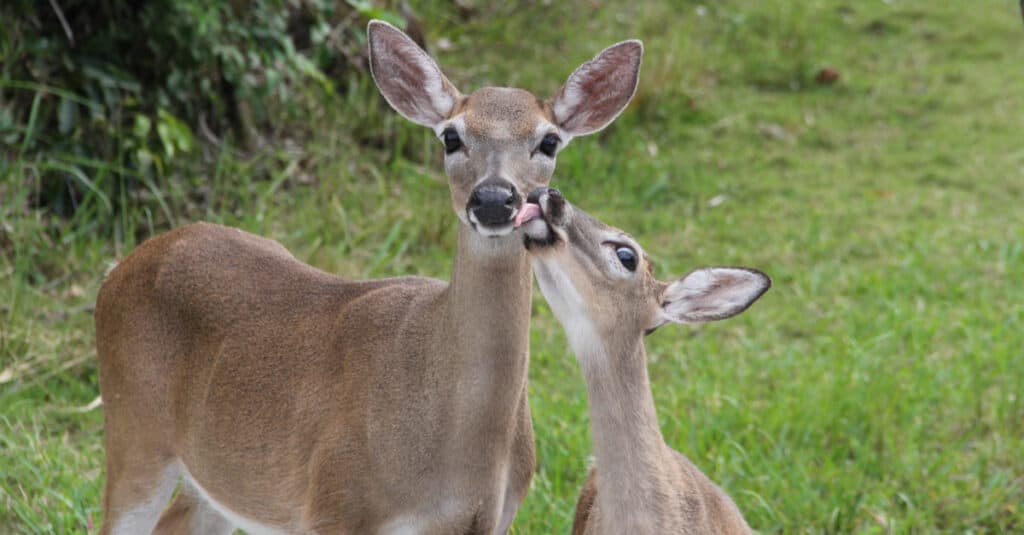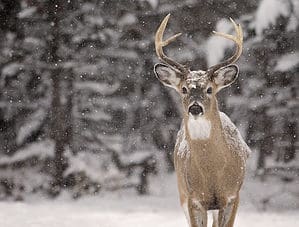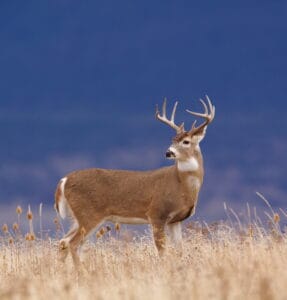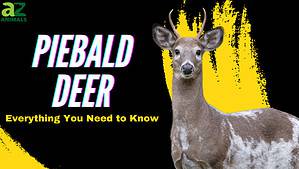A charming scene of a group of deer wandering through a front yard in Florida as if it is the most natural thing in the world. What they don’t realize is that they have been captured on a doorbell cam so we all get to see this lovely scene!
Click Below to Witness the Charming Scene!
Deer in Florida
The video does not identify the species of deer but we know that Key deer are native to the Florida Keys. They are a small subspecies of white-tailed deer and are sometimes called toy deer because of their size – they are only around 28 inches tall which is about a third smaller than other deer found in the US. Some are not much bigger than pet dogs! The distinctive feature of white-tailed deer is the white patch of white fur which you can see on the deer in this video when they lift their tails.
Sadly, the Key deer are endangered and they have no fear of humans. That also explains why they are quite happy to wander around this front lawn. They are usually gentle creatures who live alone or in groups but the males can become more aggressive when they are in rut. They are most active in the evening, the night and the early morning. These deer are very comfortable in the water and can swim from one island to another without difficulty.

Key deer are native to the Florida Keys
©Arend Trent/Shutterstock.com
Why Are These Deer in a Garden?
The simple answer is that deer are herbivores and gardens contain plants! However, some plants, such as rhubarb, are poisonous for them. They eat between six and eight percent of their body weight in a day.
If these are Key deer, there may be a reason why they are in the garden. Some of the deer’s feeding grounds have been destroyed by hurricanes in the area over the last decades. Their habitat is also being destroyed by human development. So, these guys are making themselves at home in urban areas. There is plenty of footage online of these deer in gardens, commercial buildings, and construction sites. Some residents put fresh drinking water out for them and encourage them to visit their homes. The good news is that they are surviving surprisingly well in built-up areas.
However, as they become more reliant on humans, they have to spend more time close to roads which is very dangerous for them. Drivers in the area need to be alert for them!
The photo featured at the top of this post is © iStock.com/SloMoe
Thank you for reading! Have some feedback for us? Contact the AZ Animals editorial team.







